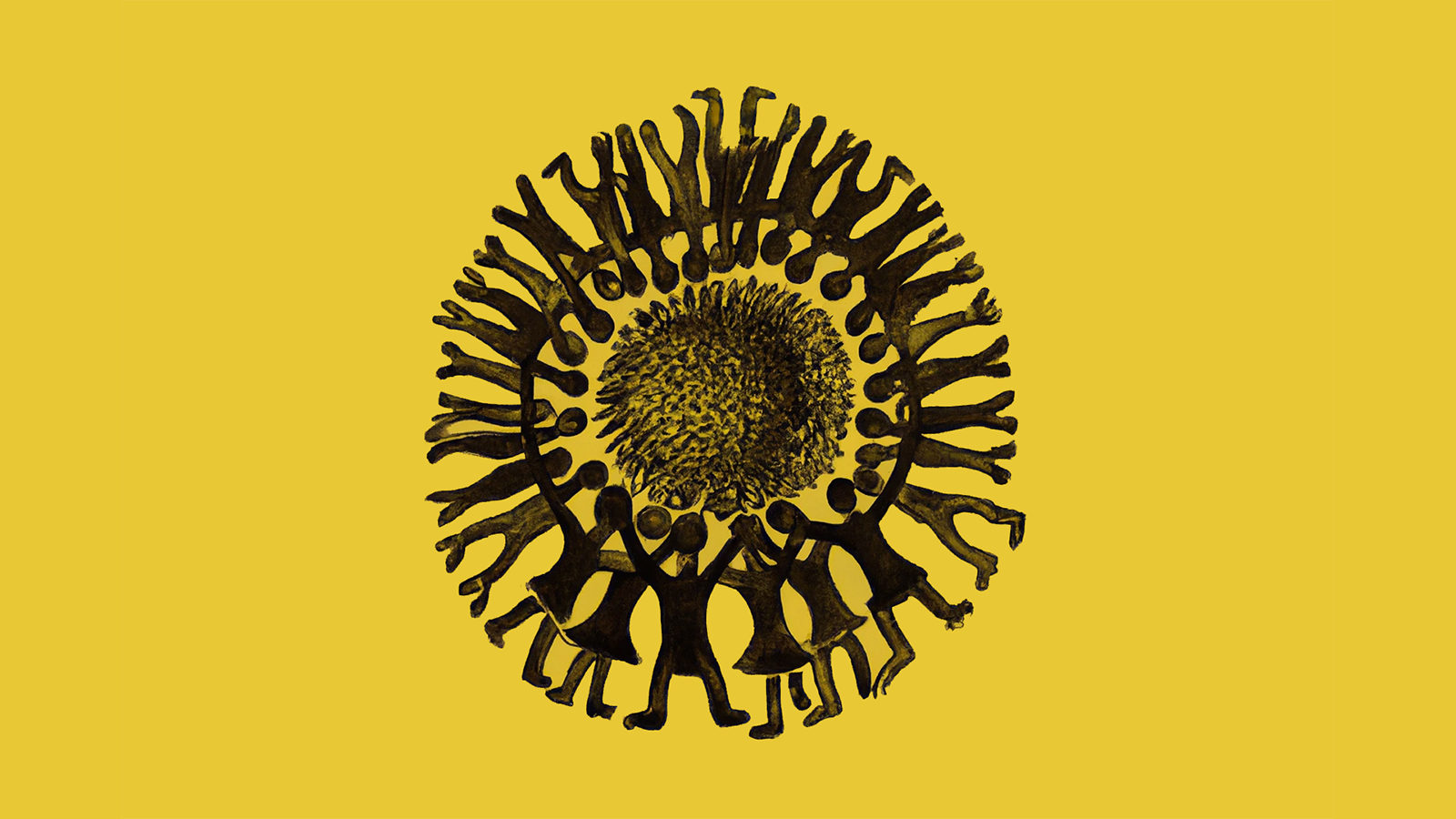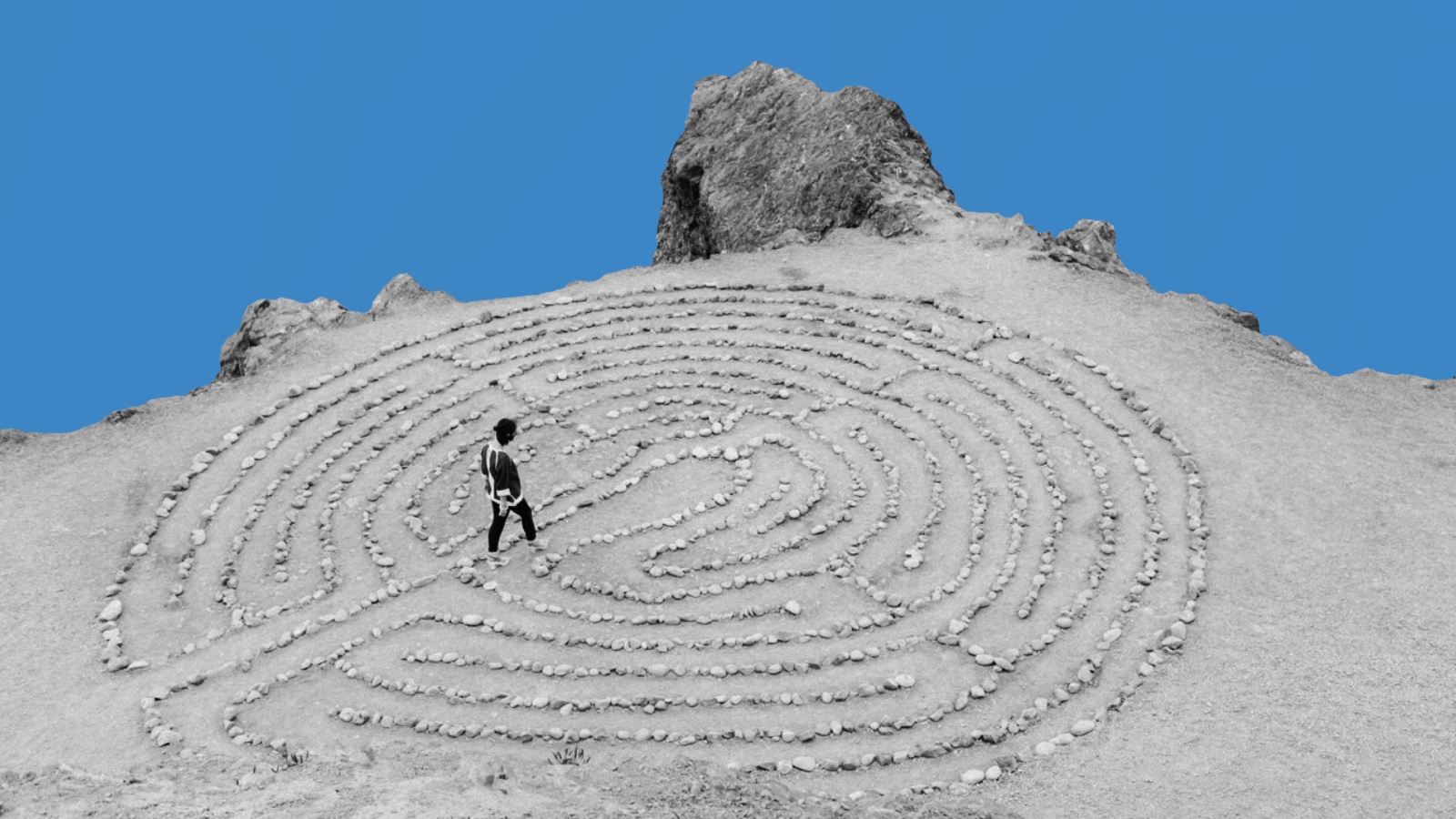What decades of research tells us about living the good life

- The Harvard Study of Adult Development shows that relationships play such a central role in people’s health and happiness.
- Data from many other longitudinal studies replicate this finding.
- It’s never too late to begin building or strengthening the human connections in your life and enjoying the benefits for years to come.
You might be wondering how we can be so sure that relationships play such a central role in our health and happiness. How is it possible to separate relationships from economic considerations, from good or bad luck, from difficult childhoods, or from any of the other important circumstances that affect how we feel from day to day? Is it really possible to answer the question, What makes a good life?
After studying hundreds of entire lives, we can confirm what all of us already know deep down — that a huge range of factors contribute to a person’s happiness. The delicate balance of economic, social, psychological, and health contributors is complex and ever-changing. Rarely can any single factor be said, with absolute confidence, to cause any single result, and people will always surprise you. That said, there really are answers to this question. If you look at the same kinds of data repeatedly over time, across large numbers of people and studies, patterns begin to emerge, and predictors of human thriving become clear. Among the many predictors of health and happiness, from good diet to exercise to level of income, a life of good relationships stands out for its power and consistency.
The Harvard Study is not the only multi-decade longitudinal study of human psychological thriving in the world, and we consistently and deliberately look to other studies to see if findings are robust across different eras and different kinds of people. Each study has its own idiosyncrasies, so replication of findings across multiple studies is scientifically compelling.
A few significant examples of other longitudinal studies that collectively represent tens of thousands of people:
- The British Cohort Studies include five large, nationally representative groups born in particular years (beginning with a group of baby boomers born just after World War II and most recently including a group of children born at the start of the current millennium) and have followed them across their entire lives.
- The Mills Longitudinal Study has followed a group of women since their high school graduation in 1958.
- The Dunedin Multidisciplinary Health and Development Study began studying 91 percent of the children born in a small New Zealand city in 1972 and continues to follow them into middle age (and more recently to follow their children).
- The Kauai Longitudinal Study ran for three decades and included all of the children born on the Hawaiian island of Kauai in 1955, most of whom were of Japanese, Filipino, and Hawaiian heritage.
- The Chicago Health, Aging, and Social Relations Study (CHASRS), begun in 2002, intensively studied a diverse group of middle-aged men and women for more than a decade.
- The Healthy Aging in Neighborhoods of Diversity Across the Life Span (HANDLS) study has been examining the nature and sources of health disparities in thousands of Black and White adults (aged 35–64) in the city of Baltimore since 2004.
Finally, in 1947, the Student Council Study began tracking the lives of women and men who were elected student council representatives at Bryn Mawr, Haverford, and Swarthmore colleges. This study was planned in part by researchers who had developed the Harvard Study and was explicitly designed to capture the experience of women, who were not included in the original Harvard Study sample. It lasted more than three decades, and the original archival materials from that study were recently rediscovered. Because of the Student Council Study’s connection with the Harvard Study, you will get to meet some of these women in this book.
All of these studies, as well as our own Harvard Study, bear witness to the importance of human connections. They show that people who are more connected to family, to friends, and to community are happier and physically healthier than people who are less well connected. People who are more isolated than they want to be find their health declining sooner than people who feel connected to others. Lonely people also live shorter lives. Sadly, this sense of disconnection from others is growing across the world. About one in four Americans report feeling lonely — more than sixty million people. In China, loneliness among older adults has markedly increased in recent years, and Great Britain has appointed a minister of loneliness to address what has become a major public health challenge.
These are our neighbors, our children, ourselves. There are myriad social, economic, and technological reasons for this, but regardless of the causes, the data could not be clearer: The shadow of loneliness and social disconnection haunts our modern “connected” world.
You may be asking right now if anything can actually be done about your own life. Are the qualities that make us social or shy just baked into our personalities? Are we destined to be loved or lonely, destined to be happy or unhappy? Do our childhood experiences define us, forever? We get asked questions like this a lot. Really, most of them boil down to this fear: Is it too late for me?
Simply put, living in the midst of warm relationships is protective of both mind and body.
– Robert Waldinger & Mark Schulz
It’s something the Harvard Study has worked hard to answer. The previous director of the Study, George Vaillant, spent a considerable amount of his career studying whether the ways that people respond to life challenges — the ways they cope — can change. Thanks to George’s work and the work of others, we can say that the answer to that enduring question, Is it too late for me? is a definitive NO.
It is never too late. It’s true that your genes and your experiences shape the way you see the world, the way you interact with other people, and the way you respond to negative feelings. And it is certainly true that opportunities for economic advancement and basic human dignity are not equally available to all, and some of us are born into positions of significant disadvantage. But your ways of being in the world are not set in stone. It’s more like they are set in sand. Your childhood is not your fate. Your natural disposition is not your fate. The neighborhood you grew up in is not your fate. The research shows this clearly. Nothing that has happened in your life precludes you from connecting with others, from thriving, or from being happy. People often think that once you get to adulthood, that’s it — your life and your way of living are set. But what we find by looking at the entirety of research into adult development is that this just isn’t true. Meaningful change is possible.
We used a particular phrase a moment ago. We talked about people who are more isolated than they want to be. We use this phrase for a reason; loneliness is not only about physical separation from others. The number of people you know does not necessarily determine your experience of connectedness or loneliness. Neither do your living arrangements or your marital status. You can be lonely in a crowd, and you can be lonely in a marriage. In fact, we know that high-conflict marriages with little affection can be worse for health than getting divorced.
Instead, it is the quality of your relationships that matters. Simply put, living in the midst of warm relationships is protective of both mind and body.
This is an important concept, the concept of protection. Life is hard, and sometimes it comes at you in full attack mode. Warm, connected relationships protect against the slings and arrows of life and of getting old.
Once we had followed the people in the Harvard Study all the way into their 80s, we wanted to look back at them at midlife to see if we could predict who was going to grow into a happy, healthy octogenarian and who wasn’t. So we gathered together everything we knew about them at age 50 and found that it wasn’t their middle-aged cholesterol levels that predicted how they were going to grow old; it was how satisfied they were in their relationships. The people who were the most satisfied in their relationships at age 50 were the healthiest (mentally and physically) at age 80.





